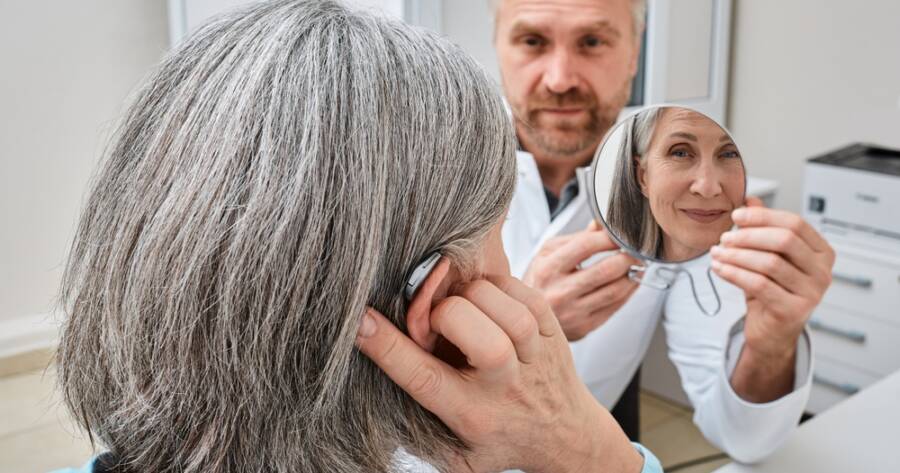Recent advancements in hearing aid technology have significantly improved sound quality, comfort, and connectivity. Modern hearing aids offer features like Bluetooth compatibility, noise reduction, and rechargeable batteries, enhancing the listening experience and making them more user-friendly.
Key Technological Features to Consider in Hearing Aids
Modern hearing aids come equipped with a variety of advanced features that enhance the user experience and improve hearing quality. Some of the latest hearing aid technology to consider include:
- Bluetooth connectivity is a popular feature that allows hearing aids to connect to smartphones, tablets, and other devices, enabling users to stream phone calls, music, and other audio directly to their hearing aids.
- Noise reduction and directional microphones help filter out background noise and focus on specific sounds, which is particularly useful in noisy environments.
- Rechargeable batteries offer convenience and cost savings by eliminating the need for frequent battery changes.
Some hearing aids also come with telecoil technology, which improves sound quality in venues equipped with hearing loop systems. Customizable sound settings allow users to adjust their hearing aids to different environments. Understanding these features is crucial for choosing the right hearing aid that meets your lifestyle and hearing needs.1
Understanding the Different Types of Hearing Aids
There are several types of hearing aids available, each designed to accommodate different levels of hearing loss and user preferences.
- Behind-the-ear (BTE) hearing aids sit behind the ear and are connected to an earmold inside the ear canal; they are suitable for all levels of hearing loss and offer more features due to their larger size.
- In-the-ear (ITE) hearing aids fit entirely inside the outer ear and are less visible, making them a good option for those with mild to moderate hearing loss.
- In-the-canal (ITC) and completely-in-the-canal (CIC) hearing aids are even smaller, fitting partially or completely in the ear canal, providing a more discreet appearance but fewer features due to their size.
- Receiver-in-canal (RIC) models are similar to BTEs but have a receiver placed directly in the ear canal, offering a more natural sound experience.
Understanding these types can help users select a model that best fits their hearing needs and lifestyle.2
The Importance of Choosing the Right Hearing Aid
Choosing the right hearing aid is essential for maximizing hearing improvement and overall quality of life. The right hearing aid should not only match the severity and type of hearing loss but also fit comfortably and suit the user’s lifestyle. A well-chosen device can significantly improve communication, reduce listening fatigue, and enhance social interactions. Improperly fitted or unsuitable hearing aids can lead to discomfort, poor sound quality, and even further hearing deterioration.
It’s important to consider factors like the user’s daily activities, environment, and personal preferences when selecting a hearing aid. Consulting with an audiologist ensures a professional assessment of hearing needs and a recommendation tailored to the individual’s specific condition. Ultimately, the right hearing aid will provide a seamless hearing experience, contributing to better mental and emotional well-being and allowing users to remain actively engaged in their daily lives.
Learn More About Hearing Aids
Learning more about hearing aids can help you make an informed decision to improve your hearing and overall quality of life. Understanding the various types, features, and benefits allows you to choose a device that best suits your needs and lifestyle. Whether you’re looking for advanced technology or a discreet design, exploring your options ensures you find the perfect fit. Stay informed and consult with a hearing specialist to discover the best hearing aid solution for you.
